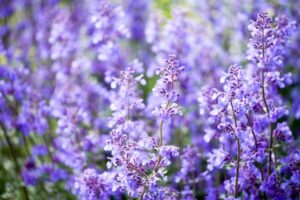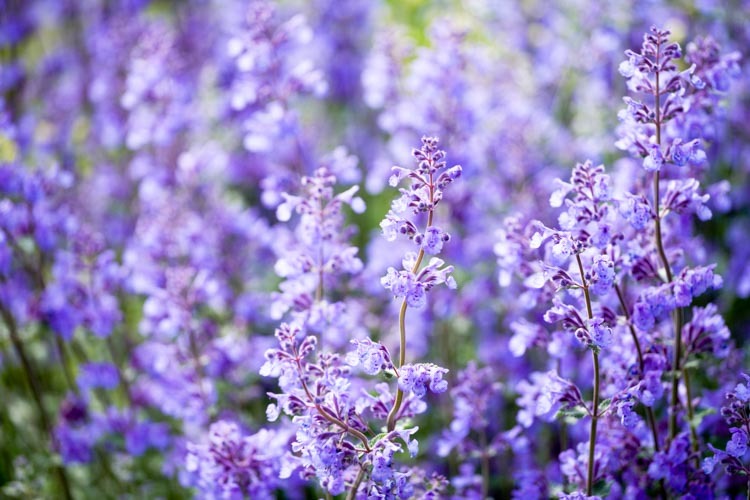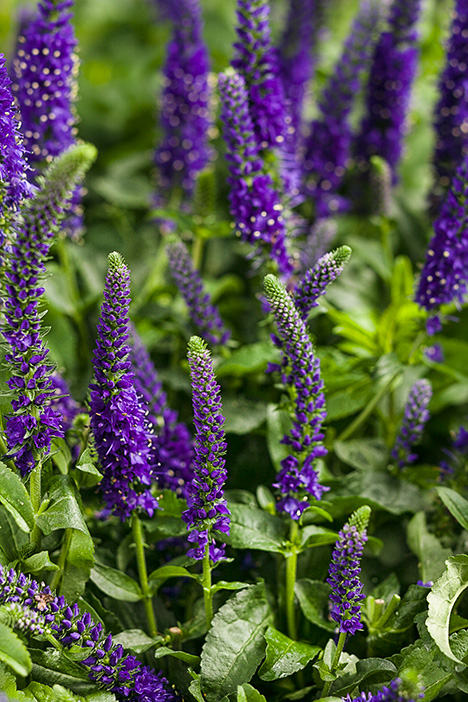Description
 Nepeta racemosa ‘Walker’s Low’
Nepeta racemosa ‘Walker’s Low’
Blue Catmint
USDA Zone: 3-9
This British variety was selected as the 2007 Perennial Plant of the Year. Plants are mounded and bushy in habit, with small grey-green fragrant leaves. Masses of bright-blue flowers appear on short spikes in early summer, continuing on and off through the fall if the old flowers are regularly removed. Despite the name, this is best in the middle of a border because of its mid-sized stature. Drought tolerant, once established. Flowers are attractive to butterflies.
Sun Exposure Full Sun
Soil Type Normal or Sandy or Clay
Soil pH Neutral or Alkaline or Acid
Soil Moisture Average or Dry or Moist
Care Level Easy
Flower Color Deep Blue
Blooming Time Early Summer Mid-Summer Late Summer Early Fall
Foliage Color Grey Green
Plant Uses & Characteristics
Accent: Good Texture/Form Attracts Butterflies
Attracts Hummingbirds Border
Containers Cut Flower
Deer Resistant Drought Tolerant
Rabbit Resistant Fragrant
Ground Cover Massed
Flower Head Size Medium
Height 23-35 inches
Spread 29-35 inches
Foot Traffic None
Growth Rate Medium
Tolerate: Rabbit, Erosion, Air Pollution




Reviews
There are no reviews yet.